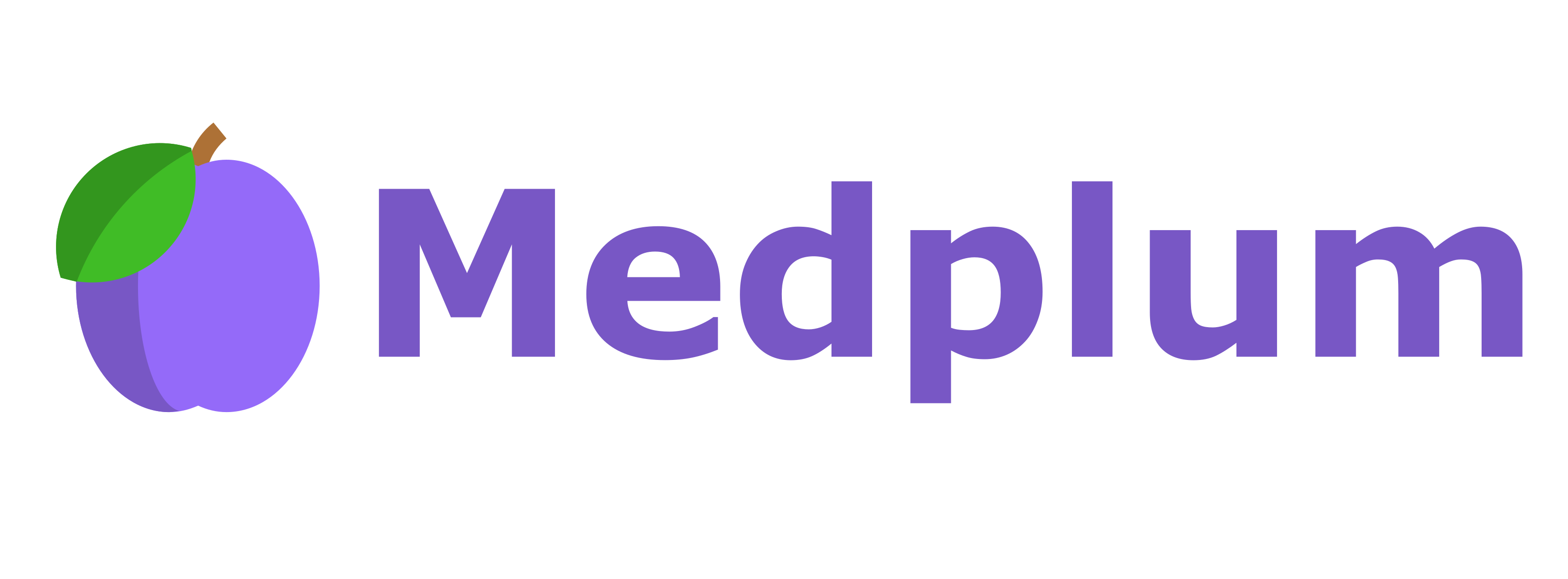Database Support
- pg:
pgis specifically designed for PostgreSQL, providing deep integration with its features, including support for advanced data types, transactions, and streaming, making it the best choice for PostgreSQL-centric applications. - typeorm:
typeormsupports both SQL (PostgreSQL, MySQL, MariaDB, SQLite, Microsoft SQL Server) and NoSQL (MongoDB) databases, making it a good choice for projects that require multi-database support. - knex:
knexsupports multiple SQL databases, including PostgreSQL, MySQL, SQLite, and Oracle, making it a versatile choice for projects that may need to switch databases or support multiple types. - sequelize:
sequelizesupports various SQL databases, including PostgreSQL, MySQL, MariaDB, SQLite, and Microsoft SQL Server, offering flexibility for projects that may use different database systems.
ORM vs Query Builder
- pg:
pgis a database client, not an ORM or query builder. It provides a low-level interface for interacting with PostgreSQL databases, allowing developers to execute raw SQL queries, manage connections, and handle streaming data. It offers high performance and flexibility but requires manual query construction and data handling. - typeorm:
typeormis an ORM that supports both SQL and NoSQL databases. It provides a rich set of features for defining models, managing relationships, and performing migrations. It also supports advanced features like lazy loading, decorators, and query builders, making it a versatile choice for TypeScript developers. - knex:
knexis primarily a query builder, not a full ORM. It provides a fluent interface for building SQL queries programmatically while allowing developers to maintain control over the generated SQL. It supports migrations and schema building but does not enforce an object-relational mapping model. - sequelize:
sequelizeis a full-featured ORM that provides a high-level abstraction for interacting with SQL databases. It supports model definition, associations, migrations, and transactions, allowing developers to work with database records as JavaScript objects. It simplifies complex database interactions and enforces a structured approach to data management.
TypeScript Support
- pg:
pgoffers TypeScript definitions for its API, allowing developers to work with PostgreSQL in a type-safe manner. However, as a low-level database client, it does not provide built-in support for modeling or managing data types beyond what PostgreSQL offers. - typeorm:
typeormis designed with TypeScript in mind, offering first-class support for decorators, type-safe models, and migrations. It leverages TypeScript features to provide a more structured and type-safe approach to database interactions, making it ideal for TypeScript projects. - knex:
knexhas good TypeScript support, providing type definitions for its API. However, since it is a query builder, it does not enforce strict typing on the database models, allowing for flexibility but requiring developers to manage types manually. - sequelize:
sequelizeprovides TypeScript support, including type definitions for models, queries, and associations. It allows developers to define models with types, enabling better type safety and autocompletion in TypeScript projects.
Migrations
- pg:
pgdoes not include built-in migration tools, as it is a low-level database client. However, developers can use third-party migration libraries likenode-pg-migrateorpg-migratealongsidepgto manage database migrations. - typeorm:
typeormincludes a powerful migration system that supports automatic migration generation, versioning, and rollback. It allows developers to create and manage migrations using TypeScript or JavaScript, providing a flexible and integrated solution for schema management. - knex:
knexincludes a built-in migration tool that allows developers to create, manage, and run database migrations. It provides a simple API for defining migration scripts and supports versioning, making it easy to track changes to the database schema over time. - sequelize:
sequelizehas a built-in migration system that allows developers to create and run migrations directly from the command line. It supports versioning, rollback, and seeding, making it a comprehensive solution for managing database schema changes.
Ease of Use: Code Examples
- pg:
Example of using
pgfor executing raw SQL queries:const { Client } = require('pg'); const client = new Client({ host: 'localhost', user: 'user', password: 'password', database: 'db' }); client.connect(); client.query('SELECT * FROM users WHERE id = $1', [1], (err, res) => { console.log(res.rows); client.end(); }); - typeorm:
Example of using
typeormwith TypeScript:import { Entity, PrimaryGeneratedColumn, Column, createConnection } from 'typeorm'; @Entity() class User { @PrimaryGeneratedColumn() id: number; @Column() name: string; } createConnection({ type: 'postgres', url: 'postgres://user:password@localhost:5432/db', entities: [User] }) .then(async (connection) => { const userRepo = connection.getRepository(User); await userRepo.save({ name: 'Alice' }); const users = await userRepo.find(); console.log(users); }); - knex:
Example of using
knexfor query building and migrations:const knex = require('knex')({ client: 'pg', connection: { host: 'localhost', user: 'user', password: 'password', database: 'db' }, }); // Query building knex('users').select('*').where({ id: 1 }).then(console.log); // Migrations knex.migrate.latest().then(() => console.log('Migrations completed')); - sequelize:
Example of using
sequelizefor model definition and querying:const { Sequelize, DataTypes } = require('sequelize'); const sequelize = new Sequelize('postgres://user:password@localhost:5432/db'); const User = sequelize.define('User', { name: DataTypes.STRING }); // Sync model and query sequelize.sync().then(() => User.findAll()).then(console.log);


